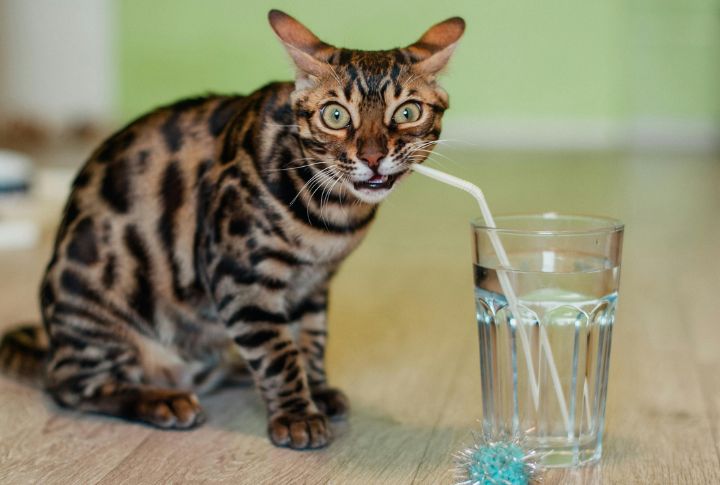
Keeping your pet well-hydrated doesn’t have to feel like a chore. In fact, with just a few smart adjustments, you can make hydration part of your pet’s daily routine. Ready to turn water breaks into tail wags and happy zoomies? Let’s dive in.
Offer Fresh Water In Multiple Locations

Pets don’t always go out of their way for a drink. So, placing fresh water in different rooms gives them convenient options that gently encourage sipping throughout the day. This setup works exceptionally well for multi-level homes or households with multiple pets who share space.
Incorporate Wet Food Into Meals

Dry kibble only contains around 10% moisture, while canned food often provides over 70%. That difference significantly impacts hydration. Adding wet food to one or more meals daily helps naturally boost your pet’s fluid intake while offering a flavor variety many pets enjoy.
Use Pet Water Fountains

Moving water often appeals more to animals than still water in a bowl. Pet water fountains mimic a stream’s sound and motion, attracting even picky drinkers. Many models even filter the water, which helps keep it clean and fresh throughout the day.
Provide Hydrating Treats
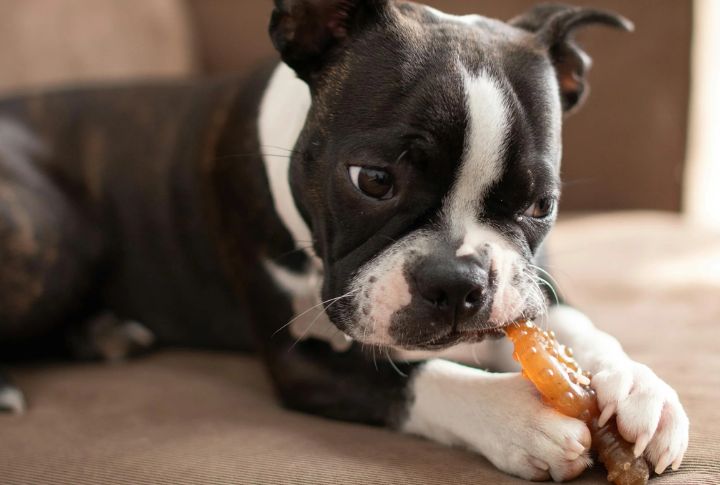
When the heat hits, hydration doesn’t have to come from a water bowl alone. Frozen bites made with low-sodium broth or pet-safe fruits like watermelon turn snack time into cool-down time. They’re tasty, fun to crunch, and perfect after a sun-soaked backyard adventure.
Monitor Water Intake
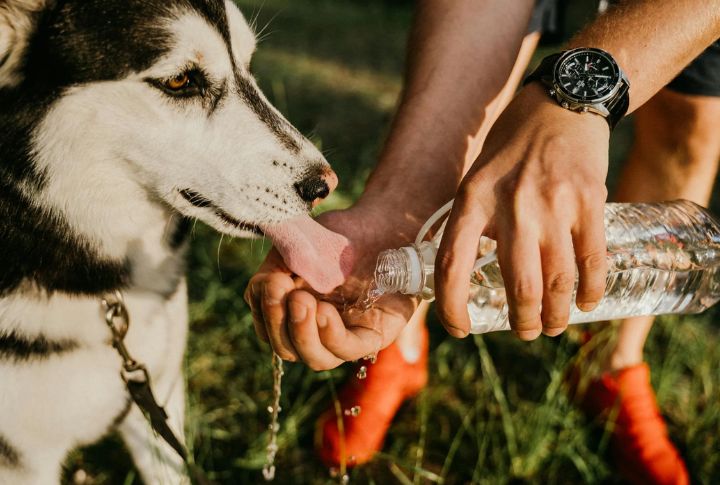
Knowing how much your pet drinks daily can help you detect issues early. Dogs typically need about 1 ounce of water per pound of body weight daily, though needs may increase with exercise or dry diets. If your pet starts drinking significantly more or less, it’s best to have it checked.
Keep Water Bowls Clean

Leftover food particles and bacteria can build up quickly. Washing your pet’s water dish with warm, soapy water at least once a day helps keep it clean and safe. Stainless steel bowls are a top pick because they’re easier to sanitize and less likely to hold onto odors.
Encourage Drinking After Exercise

Physical activity causes pets to lose fluids through panting and mild sweating, which can lead to dehydration if not replenished. After playtime or walks, always offer clean, fresh water. Some pets respond better to slightly chilled water—adding a few ice cubes can make hydration more appealing, especially in warmer weather.
Offer Water During Travel

Keep a collapsible bowl or portable pet bottle handy whenever you’re away from home. Long drives or unfamiliar routines can distract pets from drinking enough. So, during travel, regular breaks are a great opportunity to offer water and help your pet stay comfortable.
Be Aware Of Dehydration Signs
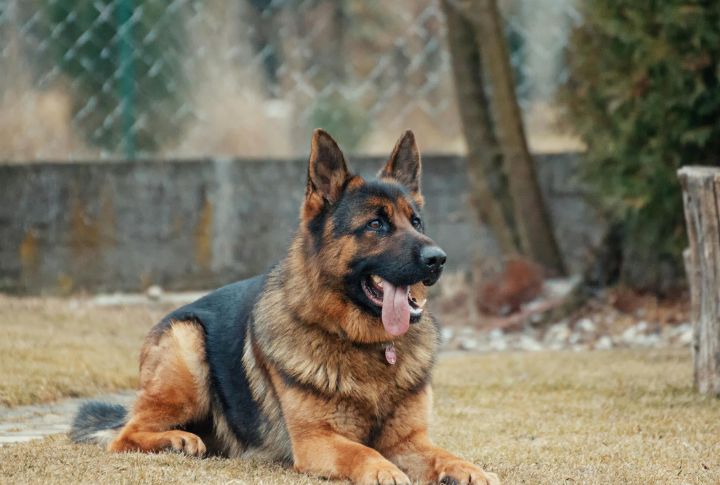
Thick saliva and sudden fatigue can be early indicators of dehydration. A quick at-home check? Gently lift the skin between your pet’s shoulders—if it doesn’t snap back quickly, hydration levels may be low. However, when these symptoms refuse to go away, it’s best to contact your vet promptly.
Adjust Hydration Strategies Seasonally
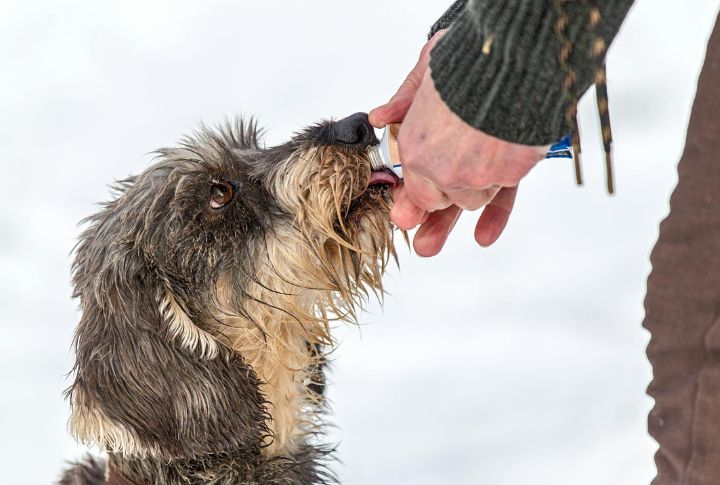
Hotter months call for increased water access and attention. Pets may also need more fluids during the heating season, as dry indoor air can be dehydrating. So, refill bowls often, keep outdoor water shaded, and offer cool, fresh water to support hydration in every season.

